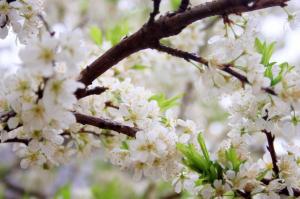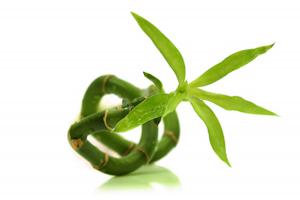When to Plant Persimmon Trees
Persimmon trees are known for their beautiful foliage and delicious fruit, which makes them a popular choice for gardeners who are looking to grow fruit trees. If you're planning to grow persimmon trees in your garden, you may be wondering when is the best time to plant them. In this article, we'll take a look at the best time to plant persimmon trees and some tips for planting and caring for them.
The Best Time to Plant Persimmon Trees
The best time to plant persimmon trees is in the fall, after the leaves have fallen off the trees. This is because the trees are dormant during the winter months, and planting them in the fall will allow them to establish their roots before the spring growing season. Planting persimmon trees in the fall will also give them time to acclimate to their new surroundings before the heat of summer sets in.
If you live in an area with mild winters and hot summers, you may also be able to plant persimmon trees in the early spring. However, it's generally best to avoid planting trees in the heat of summer, as this can put a lot of stress on the tree and make it more susceptible to disease and pests.
Tips for Planting Persimmon Trees
When planting persimmon trees, it's important to choose a location that gets plenty of sunlight and has good drainage. Persimmon trees prefer well-drained soil and will not thrive in soil that is constantly wet. If you have heavy clay soil, you can amend it by adding compost, peat moss, or sand to improve drainage.
When planting persimmon trees, dig a hole that is twice as wide and just as deep as the root ball. Make sure to loosen the soil around the edges of the hole so that the roots can easily grow into the surrounding soil. Backfill the hole with soil and water the tree thoroughly to help settle the soil around the roots.
After planting, it's important to mulch around the base of the tree to help retain moisture and keep the roots cool. A layer of mulch that is 2-3 inches thick should be sufficient. However, make sure to leave a gap between the mulch and the trunk of the tree to prevent moisture from accumulating around the bark, which can lead to rot.
Caring for Persimmon Trees
Once your persimmon trees are planted, it's important to care for them properly to ensure that they thrive. Here are some tips for caring for persimmon trees:
Water your persimmon trees regularly, especially during the first year after planting. Persimmon trees prefer moist soil, but it's important not to overwater them as this can cause the roots to rot.
Fertilize your persimmon trees in the spring with a balanced fertilizer that is high in nitrogen. However, be careful not to over-fertilize, as this can lead to excessive growth and poor fruit quality.
Prune your persimmon trees in the winter when they are dormant. This will help to promote new growth and increase fruit production. Remove any dead or diseased branches, as well as any branches that are growing too close together or crossing over each other.
Protect your persimmon trees from pests and diseases by keeping them healthy and well-maintained. Insecticidal soap and horticultural oil can be used to control pests, while fungicides can be used to control diseases.
By following these tips, you can enjoy a bountiful harvest of delicious persimmons from your own trees. With proper care and attention, persimmon trees can provide you with years of enjoyment and beauty in your garden.

 how many times do yo...
how many times do yo... how many planted tre...
how many planted tre... how many pine trees ...
how many pine trees ... how many pecan trees...
how many pecan trees... how many plants comp...
how many plants comp... how many plants can ...
how many plants can ... how many plants and ...
how many plants and ... how many pepper plan...
how many pepper plan...






























